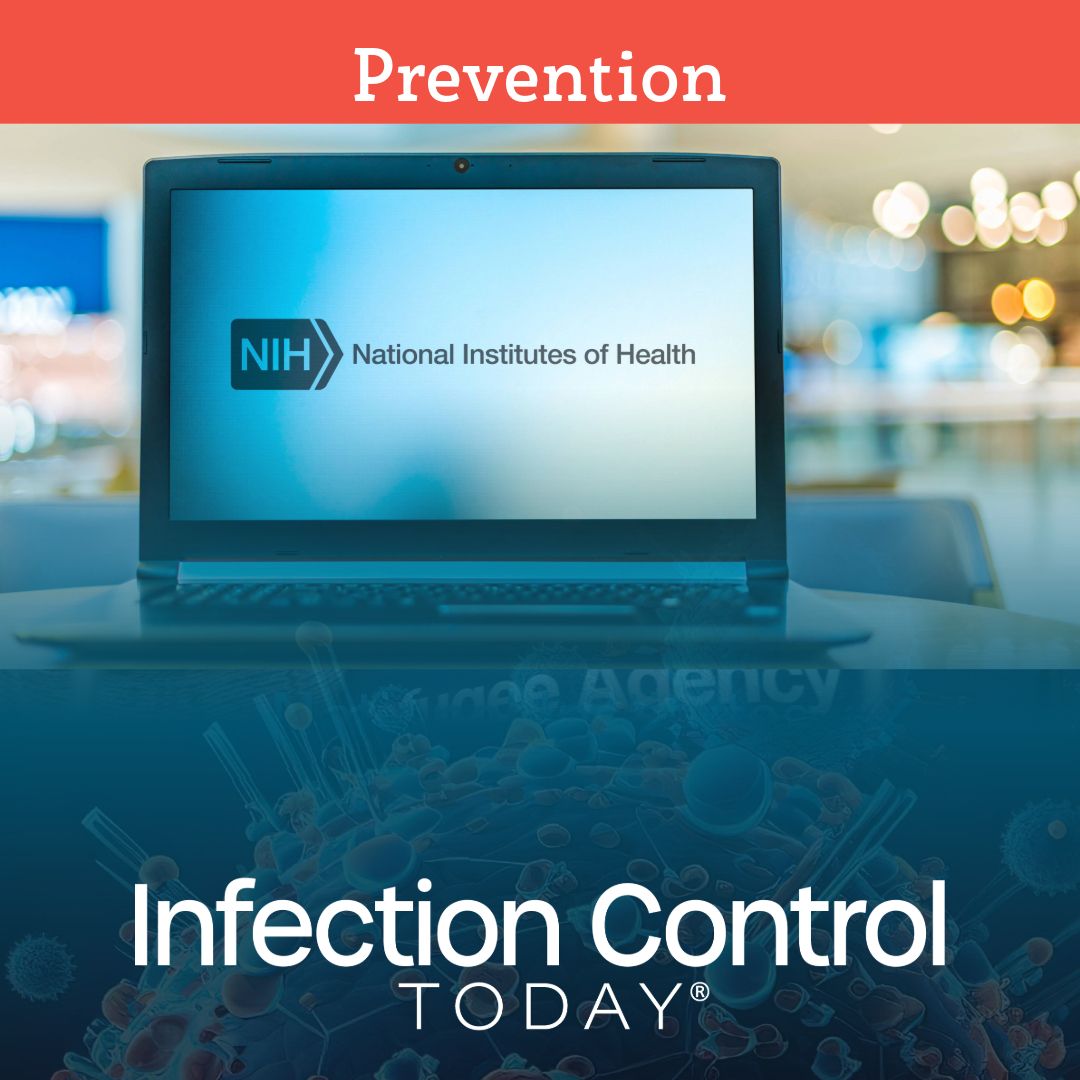How NIH Budget Cuts Undermine the 'America First' Agenda
Cutting NIH’s budget by 15% threatens U.S. leadership in medical research, weakens public health preparedness, hinders innovation, and undermines economic growth. Investing in science secures America’s future.
Laptop displaying logo of The National Institutes of Health
Adobe Stock 406657254 by monticellllo)

The recent announcement by the Trump administration to cut the National Institutes of Health (NIH) budget by 15% is not only a misguided policy but also contradicts the very essence of the "America First" agenda. The NIH has played a critical role in advancing medical and public health research for over a century, making it the world’s largest public funder of biomedical and public health studies.1 Cutting funding to an institution tasked with leading research and innovation undermines America’s leadership in science and weakens the foundation for future discoveries.
For over 100 years, the NIH has been at the forefront of medical breakthroughs, awarding grants that fuel scientific discoveries, disease prevention, and public health advancements.2 Reducing its budget by 15% would significantly impact ongoing research projects, including clinical trials, infectious disease preparedness, maternal health, mental health, and chronic disease research. Without the necessary funding, America’s ability to respond to global health threats could be compromised, posing a national security risk. Cutting NIH funding could leave the US vulnerable to emerging infectious diseases and pandemics in today’s interconnected world, where diseases can spread across borders within hours.3
The NIH is also a major contributor to higher education, particularly in funding PhD programs in the US. Through institutional grants, training programs, and fellowships, NIH supports the next generation of American scientists and medical researchers.4 These grants foster innovation and creativity, ensuring that the US remains at the cutting edge of global research. Cutting NIH funding would hinder the ability of US universities to conduct groundbreaking research, limiting their ability to support PhD students and postdoctoral researchers.
Furthermore, reducing NIH funding would have a direct economic impact. The US has long been a leader in research and innovation, with universities ranked among the best in the world. A decline in federal funding would weaken the competitive edge of American institutions, making it more difficult to attract top-tier talent and compete with leading universities worldwide. This reduction in funding could slow technological advancements, reduce productivity, and hinder the development of new medical treatments and therapies that save lives.5
In summary, a 15% cut to the NIH budget would be detrimental to public health, national security, scientific progress, and economic growth. Rather than weakening one of the nation’s most vital research institutions, policymakers should reinforce NIH funding to ensure that the US remains a global leader in medical innovation and discovery. Investing in research today secures America’s future as a leader in science, medicine, and technology.
References
- Collins FS. The National Institutes of Health: Pioneering biomedical research for over a century. N Engl J Med. 2020;382(3):299-302. doi:10.1056/NEJMp1913107.
- National Institutes of Health. NIH's role in advancing biomedical research. NIH. 2022. Accessed February 14, 2025. https://www.nih.gov
- Fauci AS. Pandemic preparedness: The role of NIH in global health security. JAMA. 2021;325(11):1037-1040. doi:10.1001/jama.2021.1825.
- Leshner AI. The importance of federal support for science education and research. Science. 2018;359(6371):1109-1110. doi:10.1126/science.aat0313.
- Bourne HR. Paths to Innovation: Discovering Recombinant DNA, Oncogenes, and Prions, and the Future of Biotechnology. University of California Press; 2019.